Strategies to Address Bottlenecks in Business Operations

Photo by Andrea Piacquadio: https://www.pexels.com/photo/photo-of-man-in-white-dress-shirt-and-black-framed-eyeglasses-holding-a-file-thinking-3763998/
In today’s fast-paced business environment, bottlenecks can slow down productivity, increase waste, and strain resources. Identifying and addressing these challenges is essential to maintaining smooth operations and driving continuous improvement.
Here are a few strategies to consider:
Analyse Your Workflow
Start by mapping out your entire process from start to finish: Use tools like process flow diagrams or value stream mapping to visualize where delays or inefficiencies may exist. This helps in understanding the sequence of actions and pinpointing where delays occur.
Identify inefficiencies: Workflow analysis methods such as flowcharting, business process mapping, and value stream mapping can help identify inefficiencies, redundancies, and areas for optimization.
Regular updates: Regularly updating process maps ensures they reflect current operations and help in continuous improvement.
Monitor Key Metrics
Track performance indicators: Look for areas with consistent backlogs, missed deadlines, or excessive waiting times. Metrics like cycle time, throughput, and lead time are critical indicators of potential bottlenecks.
Use dashboards: Implement dashboards to monitor key metrics in real-time, providing visibility into operational performance and helping to quickly identify issues.
Benchmarking: Compare your metrics against industry standards to identify areas for improvement and set realistic performance goals.
Gather Feedback from the Frontline
Solicit insights from employees: Your team members are often the first to encounter bottlenecks. Regularly solicit their insights and observations on where slowdowns occur and why.
Create feedback loops: Establish regular feedback loops with employees to gather insights and make necessary adjustments. This ongoing process can improve communication and overall employee satisfaction.
Implement suggestion systems: Encourage employees to share their ideas for process improvements through suggestion boxes or digital platforms.
Implement Lean Techniques
Apply Lean methodologies: Consider Lean methodologies such as the 5 Whys, Kaizen, or Six Sigma to identify the root causes of bottlenecks and develop practical solutions that reduce waste and improve process flow.
Focus on value: Lean principles emphasize creating value for the customer and eliminating waste in processes.
Continuous improvement: Foster a culture of continuous improvement (Kaizen) to regularly assess and enhance processes.
Automate Where Possible
Leverage automation tools: Use automation to handle repetitive tasks and eliminate manual interventions that may be slowing down your operations. Automation tools not only speed up processes but also reduce the potential for human error.
Identify automation opportunities: Assess your current processes to identify repetitive tasks that can be automated.
Integrate technology: Implement technologies like AI and machine learning to optimize processes and predict potential bottlenecks.
Continuous Improvement
Monitor and adjust processes: Once a bottleneck is resolved, continue to monitor and adjust processes. Continuous improvement is key to staying agile and responsive to evolving business demands.
Engage all employees: Encourage all employees to participate in continuous improvement efforts by sharing knowledge and generating improvement ideas.
Track progress: Use performance transparency to track progress towards goals and make necessary adjustments.
By taking a proactive approach to identifying and addressing bottlenecks, businesses can streamline operations, enhance productivity, and ultimately, drive long-term success.
This post is originally posted by Alwin Bulosan on LinkedIn.
-----
References
3: NetSuite : Databox : Scaleo.io : TWI Institute : Industrial Trainer : BusinessMap.io : Disprz : Qualtrics XM : Satrix Solutions : McKinsey : Asana : Atlassian : ProcessMaker : Task Flow Solutions : NetSuite : Process Street : Flowlu.


